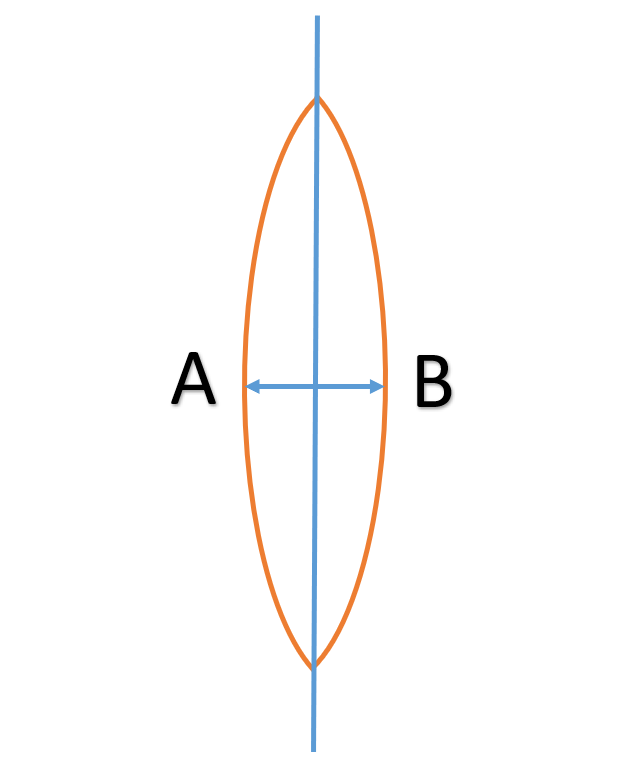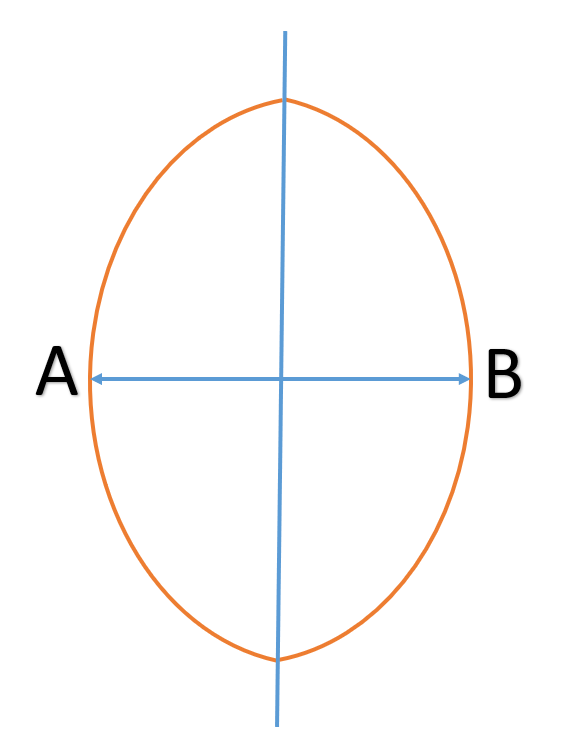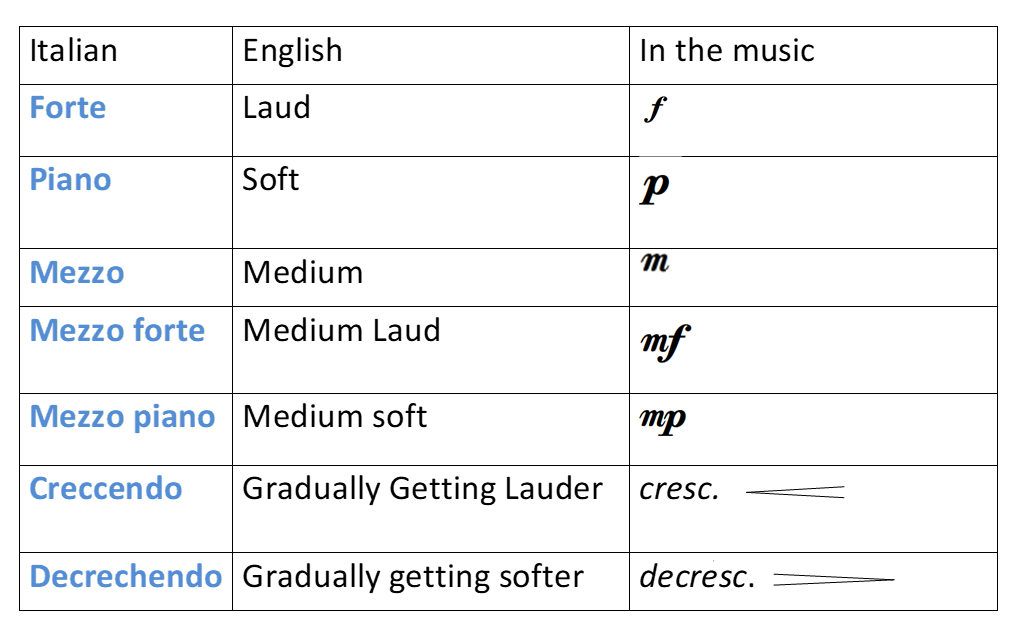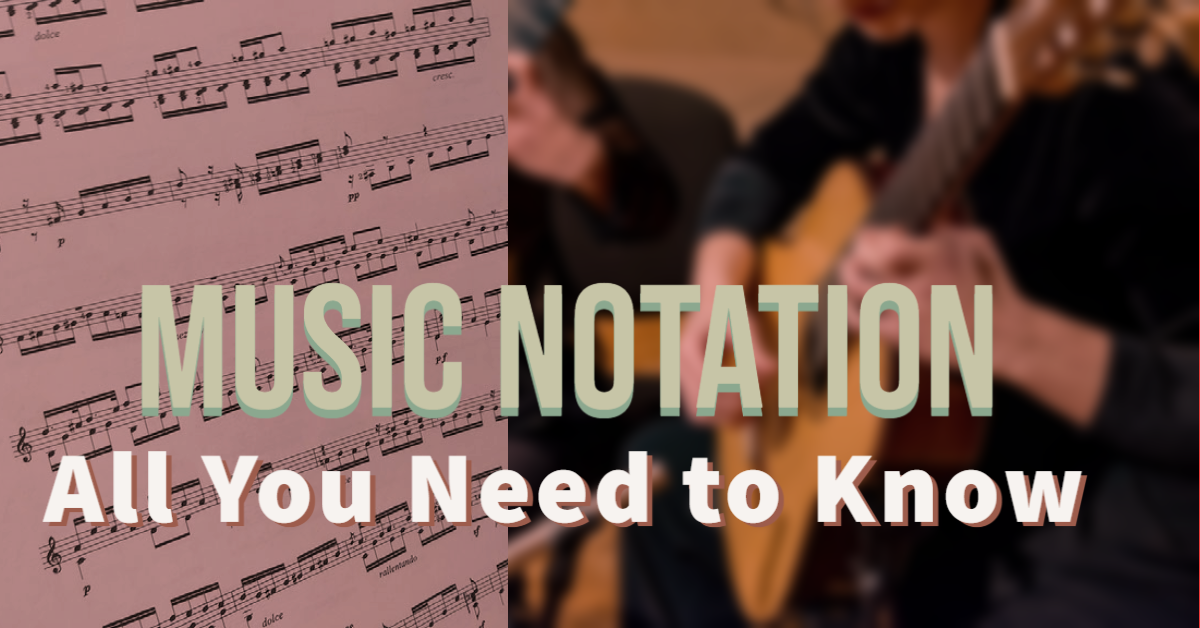During centuries of music development, musicians around the world were trying different ways to write down their music. Rather than just passing it through years to each other. There was a variety of systems of writing music. The one that we use today survived, and was accepted worldwide. Simply because it allows the musicians to put on paper as much as possible information about their music. Music is a temporal art. It exists in time. Each music sound has a few characteristics that need to be represented while scripting the music and while playing it. Those are Pitch duration, loudness, tempo, sound color, articulation, mood… Plus their logical and aesthetical organization in the time itself. Let us go through the first three of them, so you can get an idea of how the music notation works.
Duration
By Duration or note duration we will understand for how long a note sounds, lasts. Let’s compare those three notes played in a row:
You can notice that the second note is half shorter than the first one. The third note lasts as long as, a quarter of the first one. In fact, that’s how we call them – Whole note, Half note, Quarter note, eighth note, etc. Also, it is important to know there are moments of silence in the music. They are called rests, which are the notes’ counterparts, they get the same names and durations as the notes and are measured in the same way as the notes.

*A dot, after a note or a rest, increases the note’s or the rest’s value by half.
*Fermata, on top of a note or a rest, means that the lent of that note or rest is at the performer’s will, but longer than the original lent.
*When the eight notes are more than one you can see them beamed together in groups of 2, 3, 4, etc.
In reality, it will be hard for us to, do this comparison while playing; we need something more relevant, something to make that calculation and comparison easier. BEAT (Count) is a measurement unit, which represents the note’s duration.
Counting
If we state, that one of them let’s say a Quarter note will be equal to 1 beat (count). Then we can make the math that the Whole note will be 4 beats, the half note will be 2 beats, etc. The shape of the note tells us what kind of note is the note – Whole Note, Half Note, Quarter note, Eighth note. By knowing what kind is the note we can know for how many beats we need to hold it. Comparing it with the one we stated as one beat. The same goes for the rests too. When we talk about beats, counts, note shapes, and rests we are referring to the note duration. The beginners often confuse themselves, between the note’s duration and the speed. The speed at which the beats succeed each other is – tempo.
Pitch
in music, pitch means how high or low a sound is. The pitch depends upon the number of frequencies per second.

If the trembling body, in our case the string produces a high frequency, we percept the sound like a high. If the frequency is low, we perceive it as Low sound. In other words, if the string moves from point A to point B faster, it will make more vibrations per second then the sound will be higher. If the string makes less vibration per second it will produce, a lower sound. It is important that the number of vibrations is constant for each note.
Writing the pitch in music
The pitch of the notes is represented by placing them on the music staff.

The music Staff consists of 5 parallel lines and spaces between them. The higher the note is placed – the higher it sounds, the lower it is placed in the staff – the lower it sounds. The treble clef (figure 2) indicates the place of the note “G”, or the guitar’s third string. That is how the third-string looks on the music staff. The rest of the notes take their places alphabetically on lines and spaces. However, do not confuse those five lines with the guitar’s six strings.
Loudness (Dynamic) in music
The loudness depends on the amplitude of the trembling body, in our case the sting.

The amplitude is the distance between point A and point B (figure 1). The bigger is the amplitude – the louder is the sound (Figure 3). The smaller is the amplitude – the softer is the sound. It should not be mistaken with High and Low, which are attributes to the pitch.
Loud and soft are attributes of the Loudness or the so-called “Dynamic”. The dynamics are represented with abbreviations of Italian words, to describe how loud or soft a music note or notes should be performed. For example; “f“ Stands for forte, which means – laud, “p“ stands for piano, which means – soft. See figure 4.

Bellow in figure 5, are some dynamic signs

Most beginner music students tend to learn only the notes’ pitch, meaning, their names, and how they look on the staff. But, as you can see from the above, pitch is only one of the sound qualities that one should learn.
If you want to start reading notes on guitar now, click below to download for FREE one page. It has everything you need to start reading notes on the guitar right now. Good Luck!
